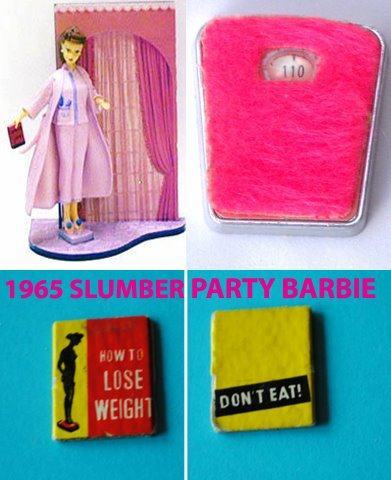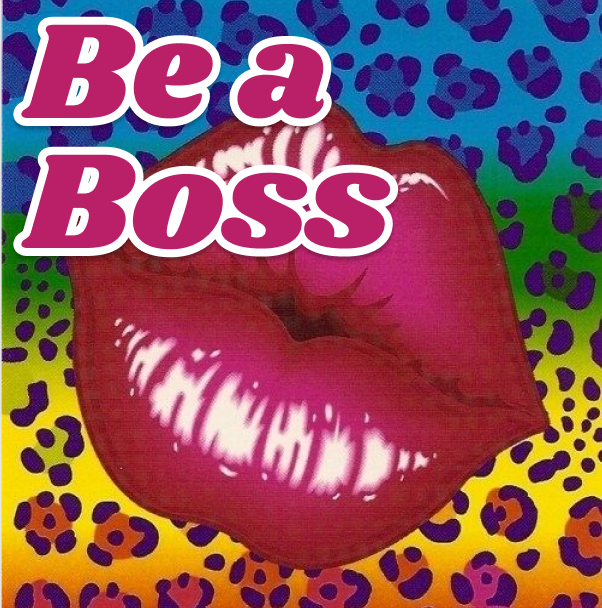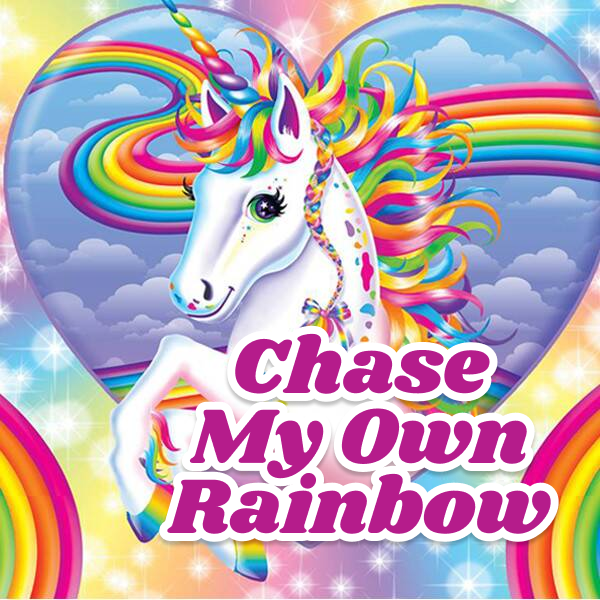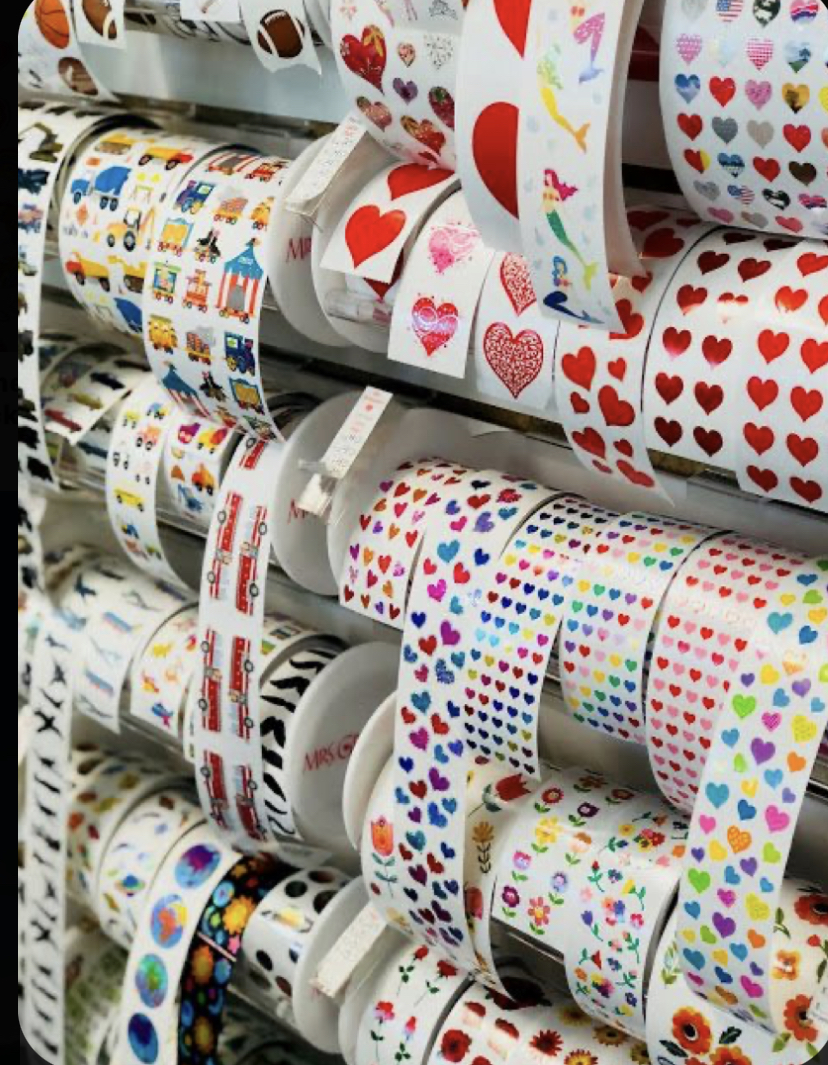︎︎︎episode 21
Slumber Party Series (Ch.1): Girl Talk Game Empire, Trapper Keepers, Sticker Subcultures, Lisa Frankly Speaking, Weird World of Ouija
Dec 22th, 2020
︎︎︎︎ Listen on Apple
︎︎︎︎ Listen of Spotify
︎︎︎︎ Listen on Stitcher

The Secret Histories of the Slumber Party!
Amanda takes us down to nostalgia town - looking for some of the history behind the staple 80’s & 90’s tween and teen right of passage.
First check out Mattel's 1985 very controversial and ill-advised “Slumber Party Barbie,” who came with a scale that was frozen at 110 pounds and a book called “How to Lose Weight” that gave only one piece of advice: Don’t eat.

Trope trends galore were supported by every pop culture tv show and movie including current The Department fave series PEN15 (on Hulu now ;) featuring truth or dare, frenemies, pranking the early sleeper, prank calls, fights and leaving early.
But the history starts with marketing genius’ back in the 1950’s and 60’s who discovered a new cash cow: the teenager. By the 1980’s the tween was discovered to have an allowance and a desire to spend. Brands targeted to girls slumber party gear nightgowns, cute sleeping bags that weren’t warm but you know, cute, stuffed animals that turned into pillows, overnight bags, and of course, games.
Slumber parties have fallen out of trend with parental concerns and kids being more hooked onto technology. So the slumber party appears to be tucked away in the past for now.
The Enduring Legacy of the Trapper Keeper
Kim pulls up some the backstory behind the Trapper Keeper - the defining element of 80’s and 90’s school supplies to find that it wasn’t something that just popped up but something that took years to develop - including Harvard research - and many prototypes but a guy named E Bryant Crutchfield.
For more info make sure to check out Erin McCarthy’s article with Mental Floss in 2017 >>
"[The Trapper Keeper] was no accident. It was the most scientific and pragmatically planned product ever in that industry." The Trapper Keeper itself was developed with a mastery of innovation, design, purpose, end-use, and the customer in mind. Brightly colored, thoughtfully developed, trend-forward and particularly functional the Trapper Keeper took the school supply industry by storm - unlike anything anyone had ever seen before in that category. From the start, they were an enormous success: For several years after their nationwide release, Mead sold over $100 million of the folders and notebooks a year. To date, more than 75 million Trapper Keepers have flown off store shelves. The product also became a cultural phenomenon and has been referenced on many TV shows including South Park, Family Guy, Dawson’s Creek, Stranger Things, and Full House.
The designer series launched in 1988 - releasing more fashionable illustrations and partnering with Lisa Frank, Garfield and even Lamborghini.
The trapper keeper trended down in the 90’s after schools and teachers banned them from classrooms because they were ultimately too big, bulk and cause more disorganization.
Frankly Speaking - this sounds messed up.
Kim takes us on a tour of the Lisa Frank cult which has seen a rise in popularity starting in 2016 with the unicorn hair trend (also called #lisafrankhair) that evolved into other Unicorn Trend products like the rainbow frappuccino as millennials are looking for a bit of nostalgic escapism and who better to lean on than the crutch of childhood obsessions.
Lisa made her name in the world of pre-teen girls during the sticker trend of the 80’s - and when that trend started to fade she pivoted into school supplies. At the height of Lisa Frank's popularity her line of products—folders, pencil cases, erasers, Trapper Keepers, and notebooks— made $60 million a year in sales by the 90’s.
But not all of it was rainbows and unicorns - as her employees can attest - Jezebel published and article in 2013 by Tracie Egan Morrissey called Inside the Rainbow Gulag: The Technicolor Rise and Fall of Lisa Frank>> - with the subtext “the ugly business of being cute” - calling out the toxic culture and insanity behind this infamous brand.
New Year’s Resoluti-corns








Surprising Sticker Subculture
Kim does take a side journey into the history of the 80’s sticker trend. In 1984 People magazine declared in an article about Stickermania “America Is Getting Stuck Up,” with estimated industry-wide sales of a “billion stick-ons priced at five cents to $5” totaling “as much as $500 million”.






The sticker industry was boomi
The popularity of stickers by the yard started in California with Andrea Grossman who still has a sticker factory called Mrs.Grossman’s Sticker Factory.
Learn more with this article called Last True Sticker factory in America>>
Party Games for Perfect Party Girls
Weird World of Ouija
Amanda takes us on a spiritual journey to the Ouija board trend - developed by spiritualists in the late 19th century. In 1966 Parker Brother’s bought the Ouija board during the New Age movement that brought back the trends of the occult and spiritualism again into the mainstream. So much so that one year later (in 1967) the Ouija outsold Monopoly which had been the bestseller for years. The board trended on and off and by the 1980’s the Oujia became a teens favorite slumber party activity as commercials geared toward teeneagers hit the TVs.
One early '90s commercial shows a group of boys asking the board questions like "Will I ever be tall enough to slam dunk?" and "Will my parents let me go to the concert?" while zany music plays in the background.
Mitch Horowitz, writer of the book Occult America, says "It really is the one and only object from the age of Spiritualism that's still part of American life.
Amanda uncovers some scientific explanations for the trickery: The Ideomotor Effect. The ideomotor effect is basically a way for your body to talk to itself.
The ideomotor effect is an example of unconscious, involuntary physical movement — that is, we move when we’re not trying to move. Kind of like when you jerk yourself awake as you’re falling asleep: your brain is signaling your body to move without your conscious awareness. The obvious difference is that the ideomotor effect happens when you’re awake, so the reflexive movements you make are much smaller. In the case of a Ouija board, your brain may unconsciously create images and memories when you ask the board questions. Your body responds to these images, words, ideas even as you are unaware that it is happening research has determined that the ideomotor effect is closely tied to subconscious awareness….so the less you are aware of moving the planchette, the more it moves. The less control you think you have---because you’ve surrendered it to the spirit world, the more opportunity your subconscious mind has to control your movements.
Want more Ouija? Check out this article here! >>
The Sexist, Racist, Hetoronormative rash of Girl-themed Teenage Games
Amanda uncovers the cluster of games that trended during the 80’s and 90’s that focused on somehow appropriate for the time girl-concerns like shopping, dating, talking on the phone, etc often even marketed towards girls at not a all inappropriate age. Painfully white with zero diversity and entrenched in bias’s that supported vial one-side, conservative sexist and heteronormative that permeated the American Psyche - Starting their rein of stupidity in 1988. (And yes - Amanda and Kim both wanted them so much back then) and building popularity through television ads during prime teen tv time.
Mall Madness
Hitting the scene inn 1988 Mall Madness made the great American mall boring and “stupid”.
The Girl Talk Empire
Also born in 1988 was invented by teen and tween product superstar Catherine Rondeau. A play on the classic slumber game Truth or Dare Girl Talk appealed to tons of teen girls through television ads and a more affordable price point than Mall madness. Particularly sexist the winner is the first player to collect a fortune card from each of the four areas: career, children, marriage, and special moments.
The game was such a hit it spun off into a travel edition and Girl Talk: Date Line “a game about the two things girls like best — talking on the phone and boys." which was a super clunky and heteronormative game to match up your boy and your girl friends - who were also extremely biased and all white. Using a clunky cassette tape you matched up stale gender roles and reinforced caustic stereotypes.



Girl Talk also twisted into Girl Tal
